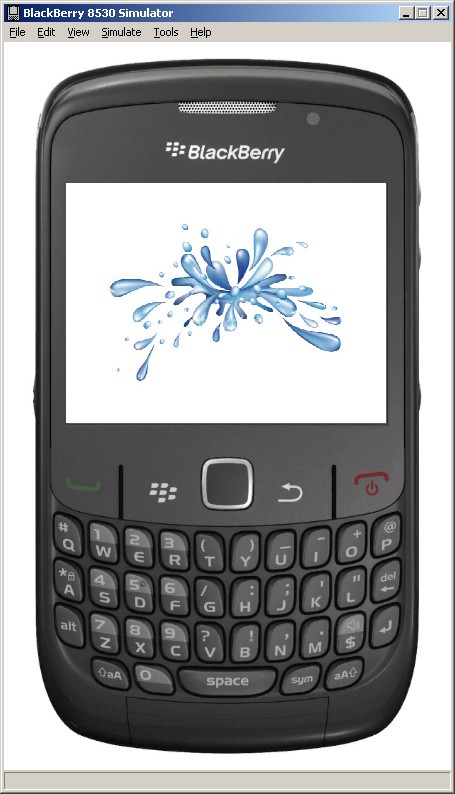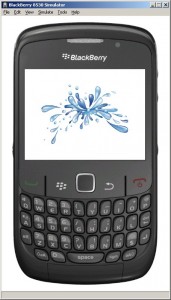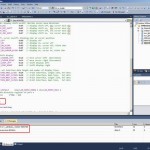First you create a new project. The entry point should be:
/**
* Entry point for application
*
* @param args
* Command line arguments (not used)
*/
public static void main( String[] args ) {
// Create a new instance of the application and make the currently
// running thread the application's event dispatch thread.
MainApp theApp = new MainApp();
theApp.enterEventDispatcher();
}
/**
* Creates a new MainApp object
*/
public MainApp() {
// init app globals
g_nScreenWidth = Display.getHeight();
g_nScreenHeight = Display.getWidth();
// Push a screen onto the UI stack for rendering.
splashScreen = new SplashScreen();
pushScreen( splashScreen );
}
When the SplashScreen class loads, we use an image in resources as the splash image to display:
BitmapField bmp = new BitmapField(
Utils.getFitBitmapImage("splash1.png",MainApp.g_nScreenWidth, MainApp.g_nScreenHeight),
BitmapField.FIELD_HCENTER | BitmapField.FIELD_VCENTER);
HorizontalFieldManager rowHolder = new HorizontalFieldManager(NO_HORIZONTAL_SCROLL | NO_VERTICAL_SCROLL|
Field.FIELD_HCENTER | USE_ALL_HEIGHT );
rowHolder.add(bmp);
add(rowHolder);
This helper function is used to resize a given resource bitmap to match a rectangular area. This can be used to shrink or enlarge the image, it can also be used to make the image cover to whole screen.
// Resize a bitmap proportionally (shrink or enlarge) to make it fit a maxX x maxY rectangle
static public Bitmap getFitBitmapImage(String imagename, int maxX, int maxY)
{
EncodedImage image = EncodedImage.getEncodedImageResource(imagename);
int currentWidthFixed32 = Fixed32.toFP(image.getWidth());
int currentHeightFixed32 = Fixed32.toFP(image.getHeight());
//double ratio = (double)ratioX / (double) ratioY;
double rx = (double) image.getWidth() / (double)maxX;
double ry = (double) image.getHeight() / (double)maxY;
double r = 0;
if (rx > ry) r = rx; else r= ry;
double w = (double) image.getWidth() / r;
double h = (double) image.getHeight() / r;
int width = (int) w;
int height = (int) h;
int requiredWidthFixed32 = Fixed32.toFP(width);
int requiredHeightFixed32 = Fixed32.toFP(height);
int scaleXFixed32 = Fixed32.div(currentWidthFixed32, requiredWidthFixed32);
int scaleYFixed32 = Fixed32.div(currentHeightFixed32, requiredHeightFixed32);
image = image.scaleImage32(scaleXFixed32, scaleYFixed32);
return image.getBitmap();
}
To make the program load the next class automatically and skip the splash screen use:
MainApp.homeScreen = new HomeScreen();
UiApplication.getUiApplication().invokeLater(new Runnable() {
public void run() {
UiApplication.getUiApplication().pushScreen(MainApp.homeScreen);
UiApplication.getUiApplication().popScreen(MainApp.splashScreen);
}
}, 2000, false);
Complete code here:
SplashScreen


